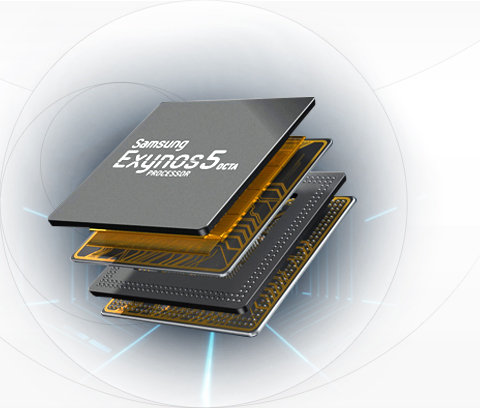 Culminating a development cycle that wasn’t always as smooth as he would have wished, Linux creator Linus Torvalds on Sunday released version 3.16 of the Linux kernel.
Culminating a development cycle that wasn’t always as smooth as he would have wished, Linux creator Linus Torvalds on Sunday released version 3.16 of the Linux kernel.
“While 3.16 looked a bit iffy for a while, things cleared up nicely, and there was no reason to do extra release candidates like I feared just a couple of weeks ago,” Torvalds wrote in the official release announcement.
Seven release candidates preceded the final version, including two late in the process that Torvalds felt were bigger than they should have been by that point. Just 83 commits were needed in the final release, however, and “it’s really fairly small stuff randomly all over, with a third being architecture updates, a third drivers, and a third ‘misc’ (mainly mm and networking),” he explained.
Ready for a closer look? Here are three key features in Linux 3.16, the latest in the series known as “Shuffling Zombie Juror.”
1. A Shot in the ARM
Increased ARM support was a big part of what we saw added in Linux 3.15, which made its debut back in June, and Linux 3.16 takes that support up yet another notch or two. Perhaps most notable among the improvements is support for ARM SoCs including Samsung’s Exynos.
“We’ve been holding back Samsung from adding new SoC support until they sorted out their multiplatform support, which they now have done,” wrote developer Olof Johansson in a git pull message in June. “We’re very happy to be able to build an Exynos-enabled kernel together with the other platforms now (Tegra, i.MX, OMAP, and all the others).
“This also means that their slight backlog of SoC support is now picked up, so we’ve got a bunch of clock drivers and other things for their 3250 and 5410/5420/5800 series of chips,” he added.
2. Control Groups, Controlled
Control groups are “one of those features that kernel developers love to hate,” kernel developer Jonathan Corbet wrote back in 2012, and discussions about how to fix it date back at least as far. Work in this area has been ongoing ever since, and Linux 3.16 is where the results become visible.
Control groups are a way for the kernel to gather processes into hierarchical groups to which policies and resource usage limits can be applied. Whereas originally control groups have allowed the creation of multiple hierarchies, “the plan has long been to get rid of the multiple-hierarchy feature” because of several problems associated with it, Corbet explained in a recent article on the new unified control group hierarchy feature.
Code merged into the 3.14 and 3.15 kernels lay much of the groundwork, and now, version 3.16 makes the feature officially available, though only to users who ask for it explicitly.
“The 3.16 kernel will provide an opportunity for interested users to try out the new mode and find out which problems remain; actual migration by users to the new scheme cannot be expected to happen for a few more development cycles at the earliest, though,” Corbet wrote.
3. Beefed Up Drivers
Last but certainly not least, Linux 3.16 delivers numerous improvements to the kernel’s collection of drivers, delivering better Radeon graphics support, among many other benefits. Also notable is the addition of support for Dell’s Free Fall sensor, a feature in its Latitude laptops that can detect when the device is falling.
There are, of course, numerous other compelling features in Linux 3.16 as well. Though it doesn’t appear to be available yet, a changelog describing the highlights in more detail will no doubt be published soon on Kernel Newbies.


